In this, our second issue of WWII Quarterly, we are pleased to devote much of it to exploring the contributions of the airborne forces––American, German, and British. Like commandos, rangers, mountain troops, frogmen, submariners, etc., paratroopers are regarded as one of the “elite” military forces.
Made up strictly of volunteers, these high-risk types of units are characterized as possessing tough, special training, distinctive capabilities, exceptional courage, and an unmatched esprit de corps. Often the first into battle, these units also traditionally suffered disproportionately high casualties. Yet, there were (and are today) no shortage of volunteers. It is amazing what some men (and women, too) will endure just to wear a small cloth insignia or metal badge on their uniforms signifying that they are a cut above the average.
Parachutes were first imagined by Leonardo da Vinci in the 15th century and tested by the Croatia-born Renaissance scholar Faust Vrancic when he jumped from a tower in Venice in 1617. People then began jumping from hot-air balloons and, once the airplane became a practical reality, from aircraft—primarily as a means of escape.
The credit for developing a military parachute doctrine goes to the French, Italians, and Russians in the 1920s. But it was Nazi Germany and Luftwaffe General Kurt Student who advanced the concept into a potent weapon of war, when Student’s Fallschirmjäger units used this surprise technique on May 10, 1940, to capture Belgium’s Eben Emael, then considered the strongest fortress in Europe. On that same day, an even larger drop of Fallschirmjäger took place during the invasion of Holland.
One year later, though, after Germany’s successful airborne and glider raid on the British garrison at Crete resulted in heavy casualties to the sky soldiers, Hitler forbade further large-scale airborne assaults. At this same time, however, the British and Americans began expanding their airborne capabilities.
In this issue, we bring you fascinating stories of the airborne forces. You’ll land with the Fallschirmjäger at Eben Emael, and try to take “a bridge too far” with the British paras in Holland. You’ll learn about the harrowing experiences of a 101st Airborne Division trooper who jumped into France and the Netherlands. You’ll be treated to photo essays of American paratrooper training and even the exploits of “para-dogs”––canines who earned their jump wings!
You’ll find out about by the 11th Airborne Division’s daring attempt to rescue POWs in the Philippines, and the Germans’ last-gasp use of paratroopers during the Battle of the Bulge. And you’ll discover the little-known exploits of Canadian paratroopers during Operation Varsity––the Allies’ massive crossing of the Rhine near war’s end. There’s something inside for every fan of airborne operations.
On a personal note, I have a strong attachment to the paratroopers, as I made the required minimum five jumps at Fort Benning, Georgia, in 1965 to qualify for my parachutist’s badge. I still recall the mixture of fear and exhilaration that I felt on those jumps (which I wrote about in my recent novel, Internal Conflicts)—the sense that, while jumping out of a perfectly good airplane with just a few square yards of silk attached to my shoulders, I was doing something either incredibly brave or incredibly stupid. I also still recall that, during my three weeks of grueling training, I gained a healthy respect and deep admiration for the airborne soldiers who, just 20 years earlier, had jumped into enemy-held territory and skies full of flying lead.
Today, some say that paratroopers are an anachronism, as militarily obsolete as the horse cavalry, their arrival in a battle zone having been superceded by helicopter-borne troops. That may be true from a strictly tactical point of view, but there is no denying that those who still qualify for their jump wings consider their training and “elite status” to be an important part of the overall military tradition, worthy of respect and emulation.
On more thing. As this is a brand-new publication, we hope you’ll write or e-mail us with your comments––either praise or criticism. Let us know what your interests are and what kinds of articles you’d like to see. And, if you’re a writer, please tell us what articles you would like to contribute. If it pertains to World War II, we want to see it!
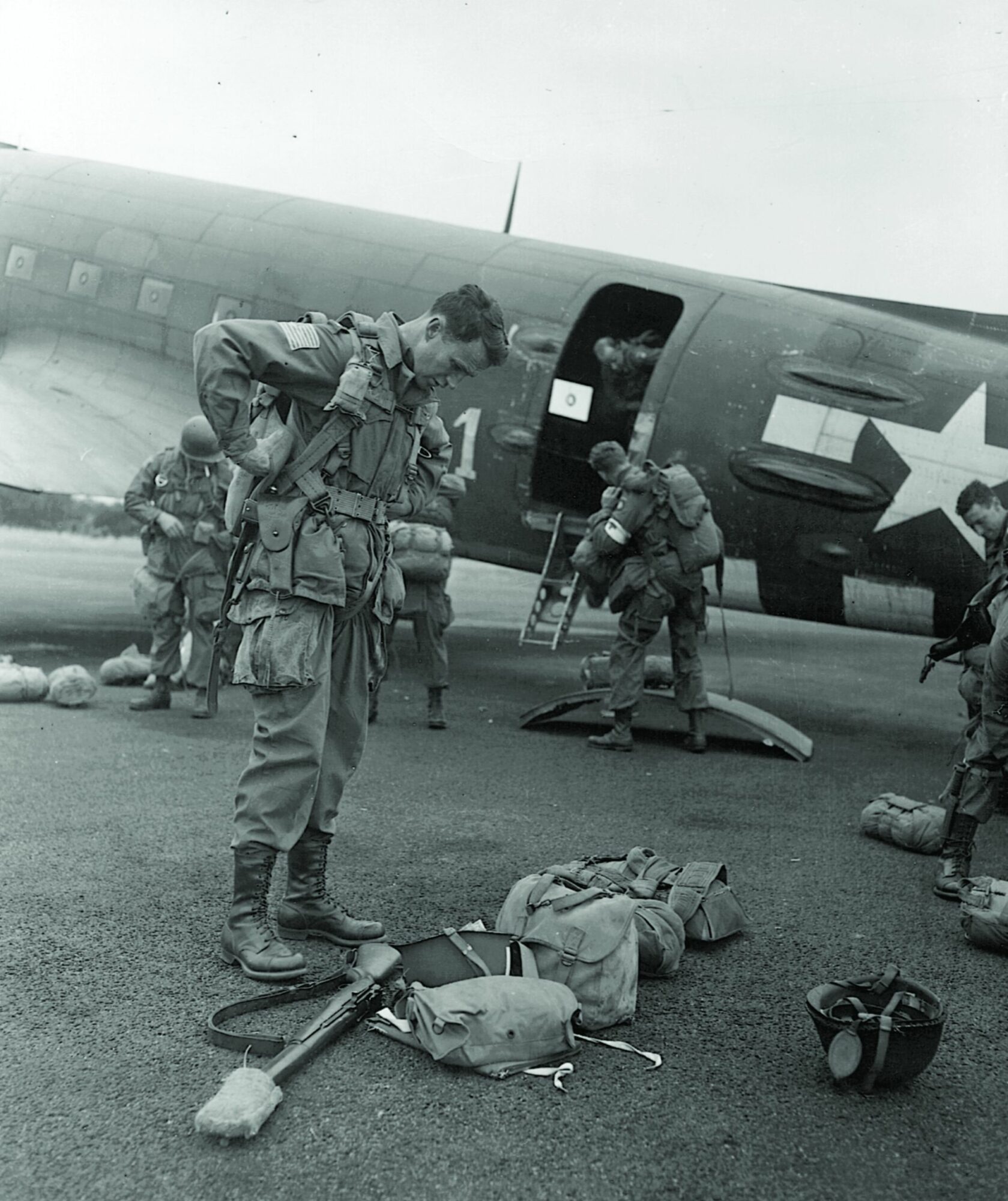
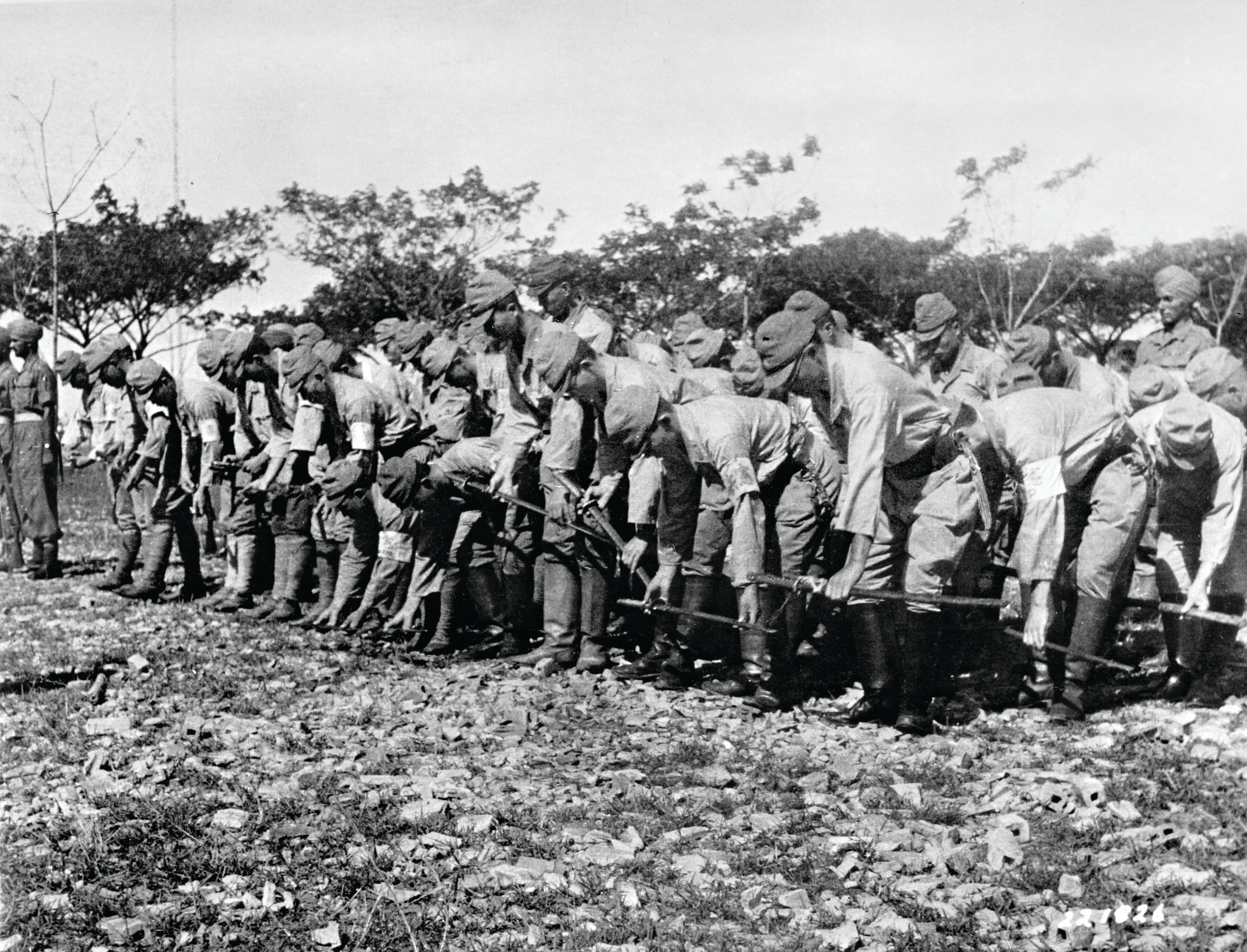
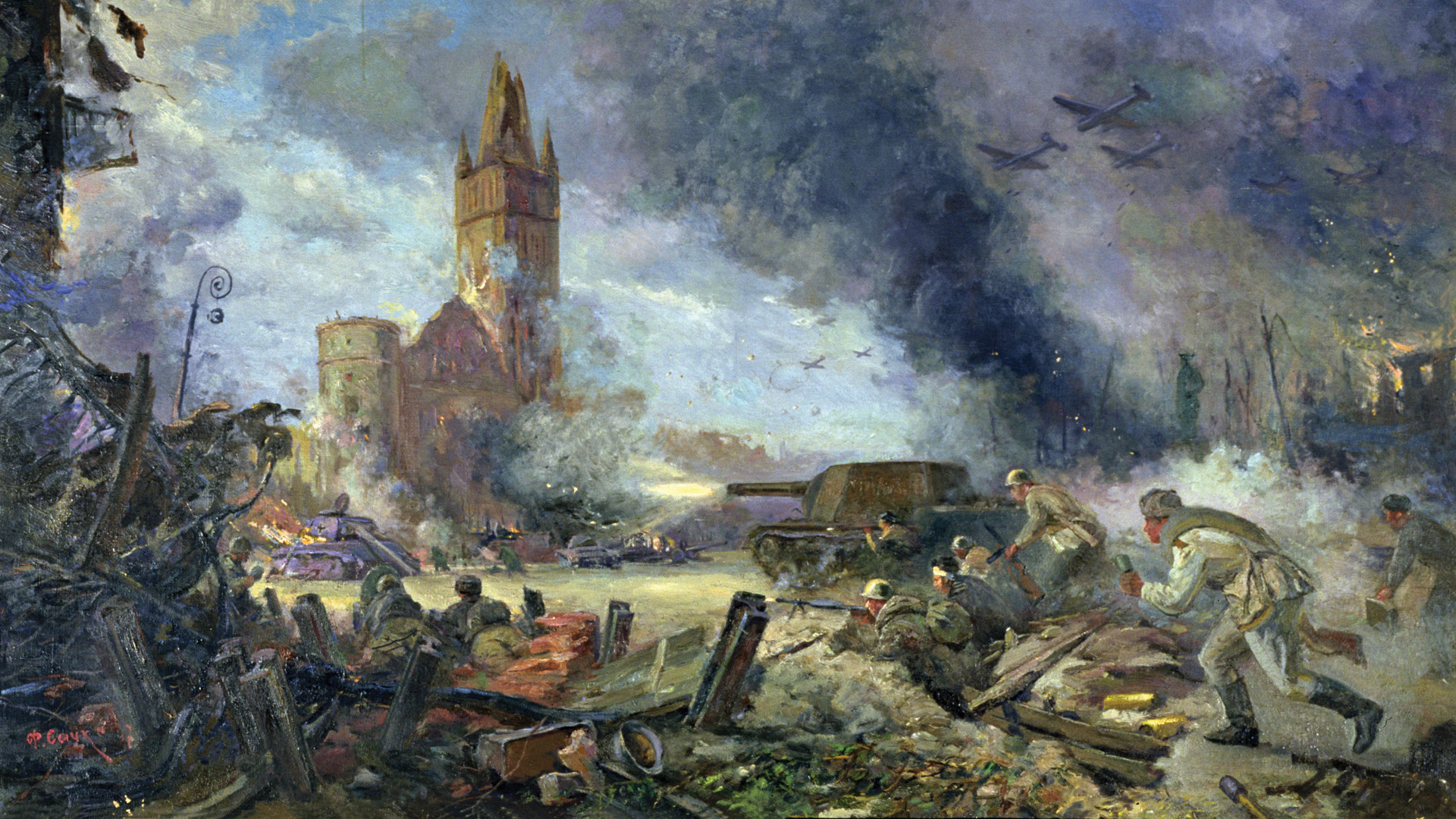
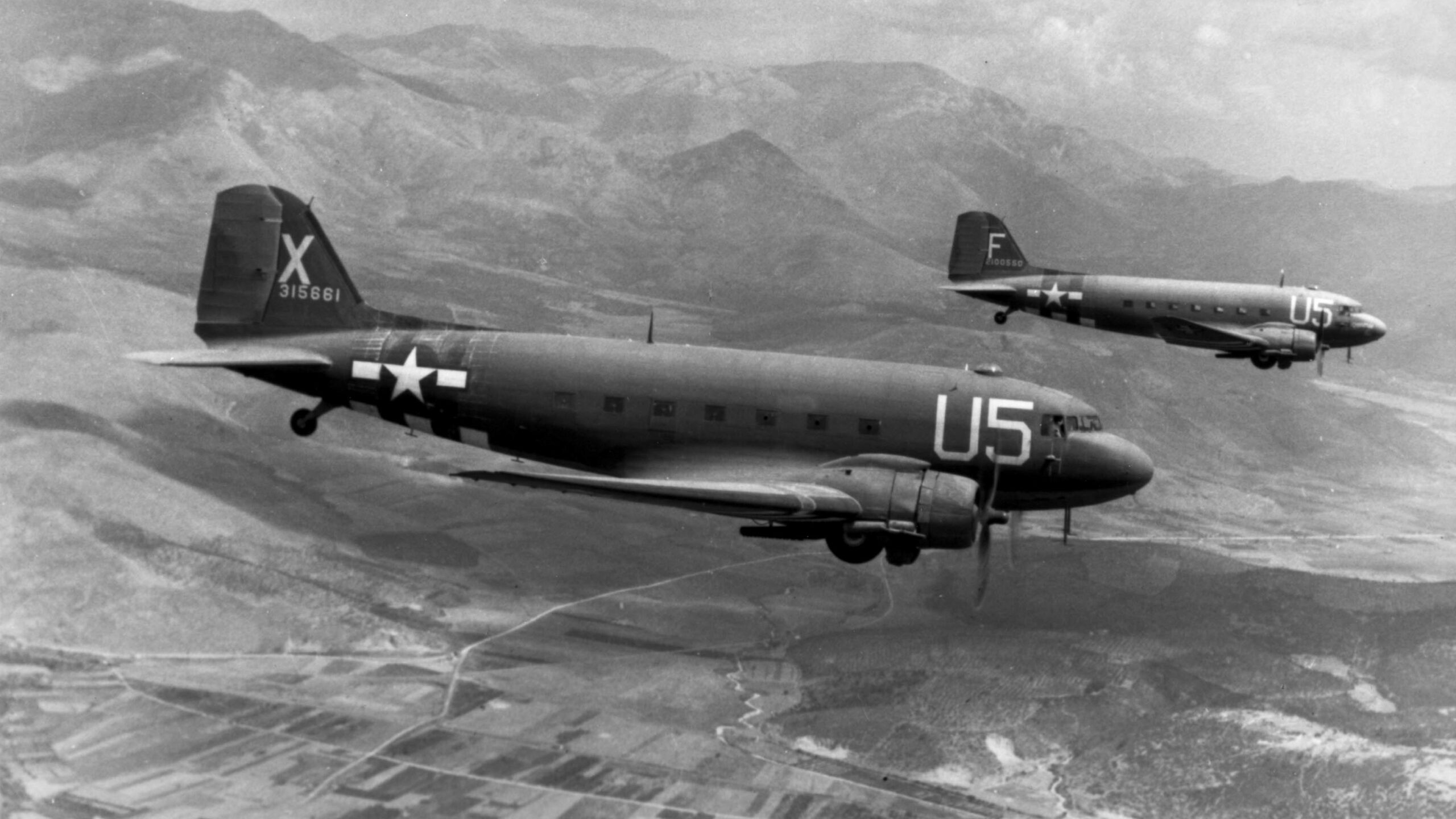
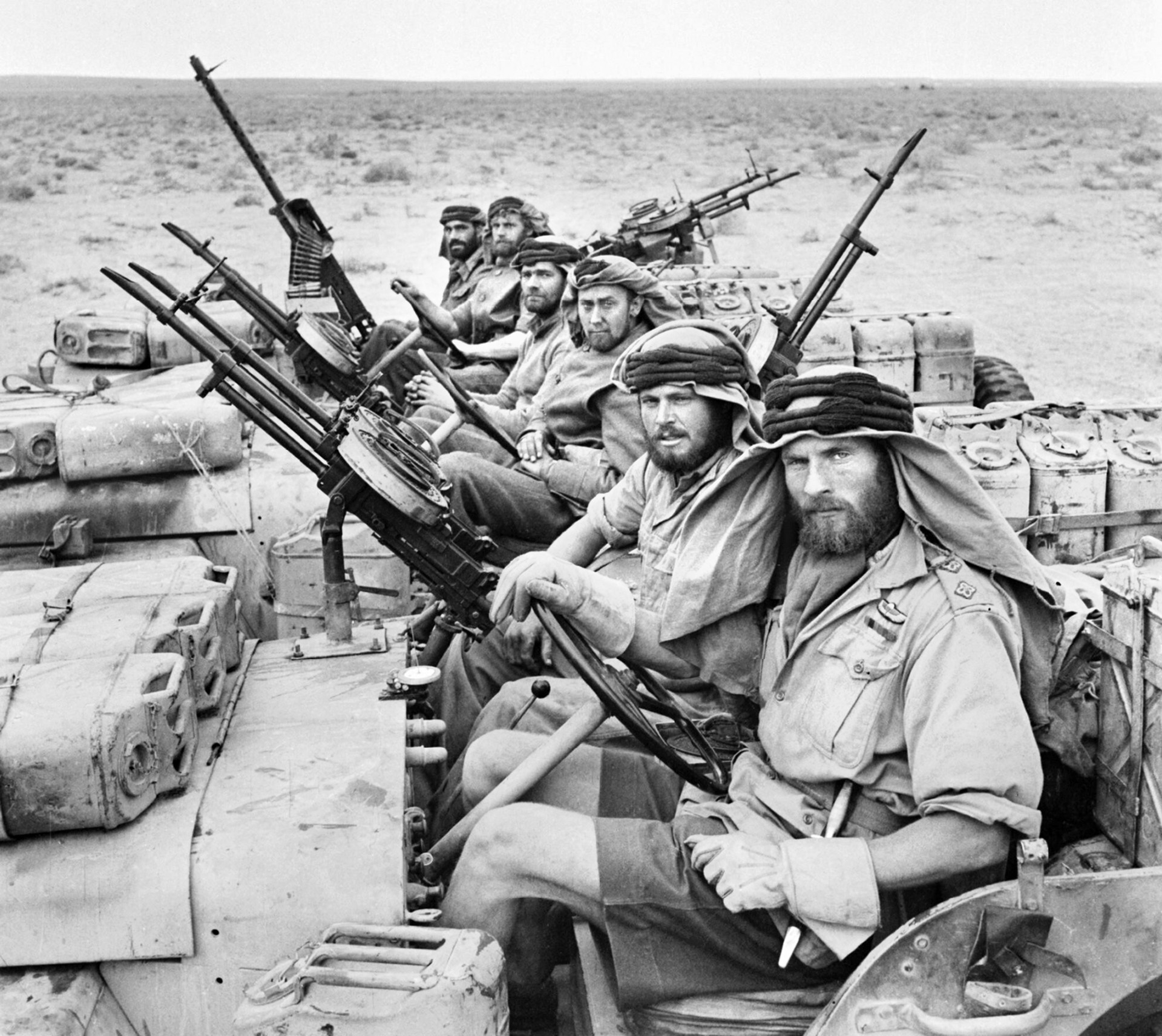

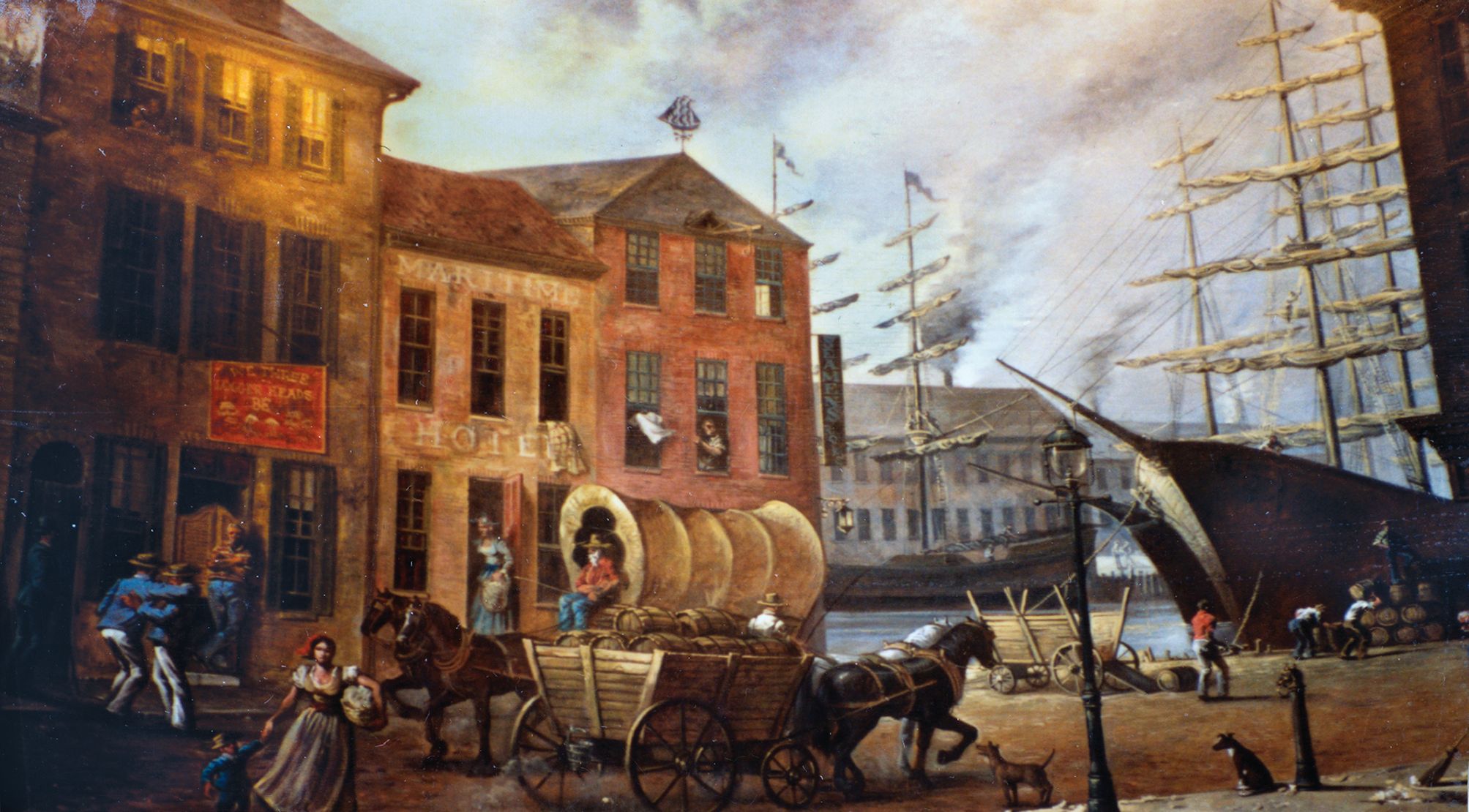
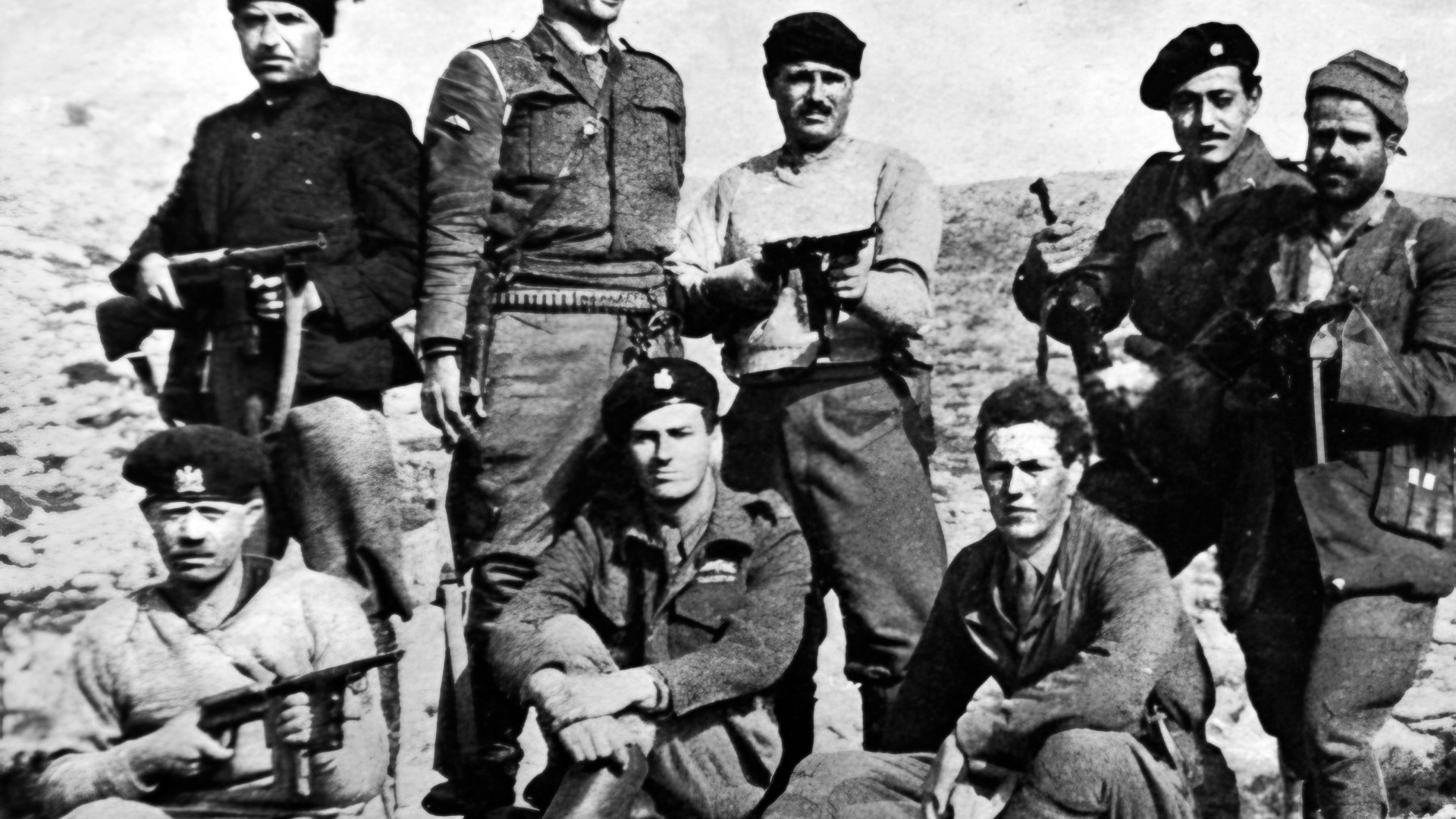
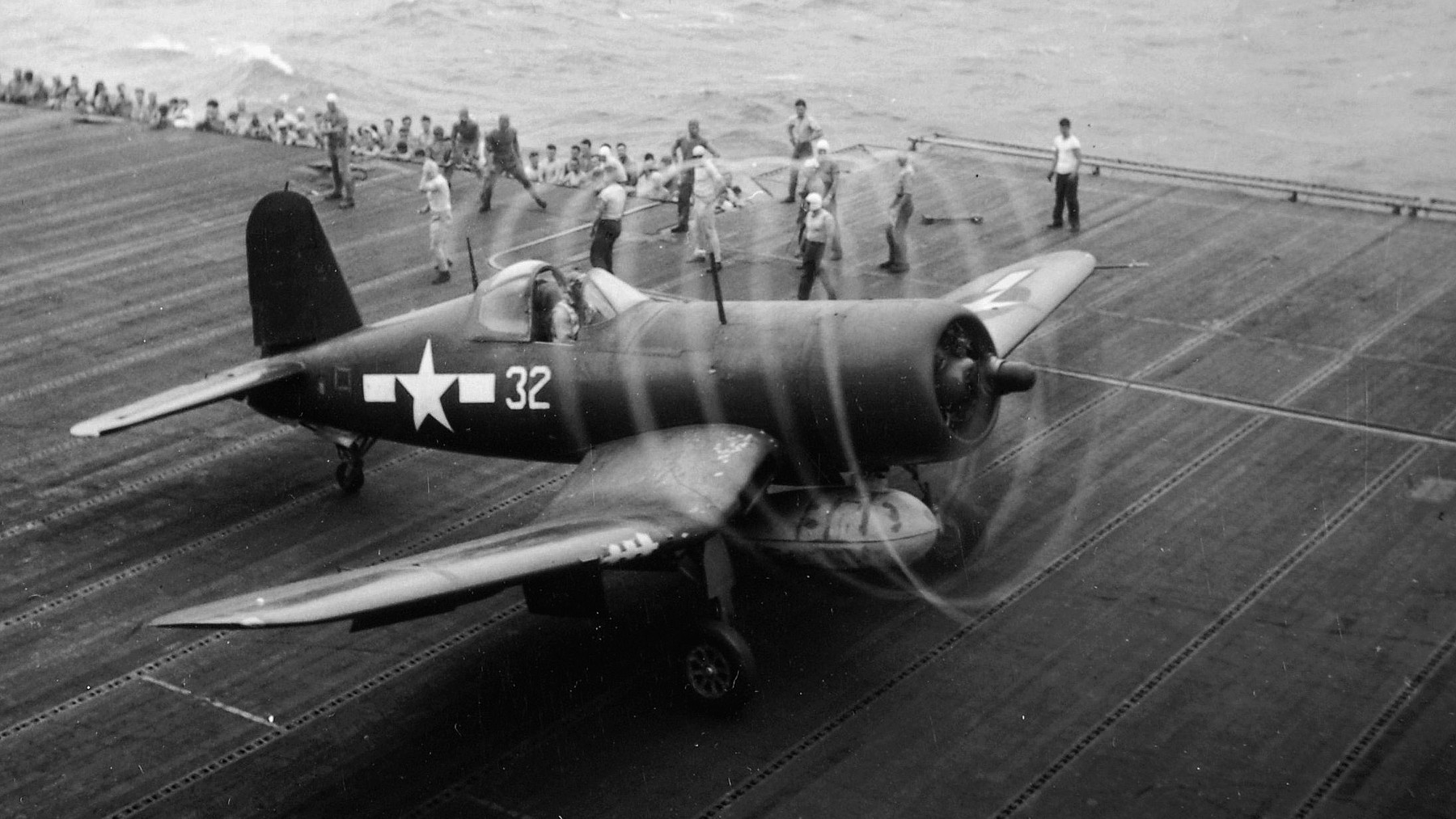
Join The Conversation
Comments
View All Comments